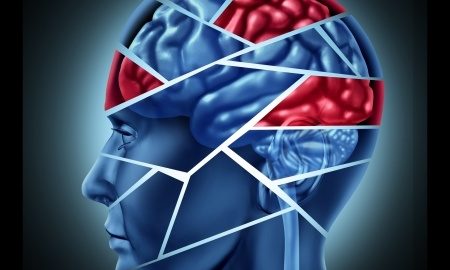CTX-DP: Drug Therapy for Brain Injury from Stroke

An American suffers a stroke every 40 seconds. This adds up to nearly 800,000 strokes nationwide each year. Stroke is the leading cause of long-term disability and the third highest cause of death in the United States. Stroke claims an estimated 140,000 American lives each year. Nearly 75 percent of strokes affect people over the age of 65, but a stroke can occur at any age.
An ischemic stroke is the result of a blockage in an artery leading to cutting off of the blood supply to a part of the brain. Smoking and high blood pressure are the most important factors that increase a person’s risk of stroke. Emergency treatment for stroke consists of administration of a drug known as tissue plasminogen activator (t-PA) which dissolves the obstructing clot.
The long-term effects of stroke include difficulty with speech, problems with walking and balance, inability to perform activities of daily living, and trouble with communication and judgment. Rehabilitation is the mainstay of treatment to regain some of these lost abilities. Now, scientists have discovered a drug, CTX-DP, that may improve neurological function in stroke patients.
Background
A drug product known as CTX-DP has been developed from human neural stem cells as an allogeneic therapy for stroke patients (allogeneic therapies are derived from genetically distinct individuals of the same species). Injection of this drug in rats with middle cerebral artery occlusion showed improvement in sensorimotor function four weeks after treatment. The drug was, therefore, tested in human patients to assess safety and tolerability.
Method
The open-label study recruited 13 men between 60 and 82 years old and evaluated the effect of a single-site injection of dose-escalated CTX-DP. The study participants all had a stable NIHSS score of 6 or higher and a modified Rankin Scale score between 2 and 4. Each participant had suffered a stroke in the preceding 6 to 60 months.
Between 2 million and 20 million stem cells were implanted into the putamen of the brain of each enrollee. Each patient was followed clinically and with imaging studies over the next 2 years and monitored for adverse events and neurological changes.
Findings
Of the 13 patients enrolled in the study, 11 received CTX-DP. The average NIHSS score of the enrollees was 7 and the average time since the stroke was 29 months. Five patients showed some MRI changes, but no serious stem-cell-related adverse events were reported. Two years following the treatment, the NIHSS score for each study participant had improved by 0 to 5 points.
Conclusion
A single dose of up to 20 million cells of CTX-DP is associated with no adverse effects and improvement in neurological function. Therefore, the use of CTX-DP in stroke patients warrants further investigation with larger studies to assess safety and efficacy.
References:
- http://www.strokecenter.org/patients/about-stroke/stroke-statistics/
- http://www.thelancet.com/journals/lancet/article/PIIS0140-6736(16)30513-X/fulltext


